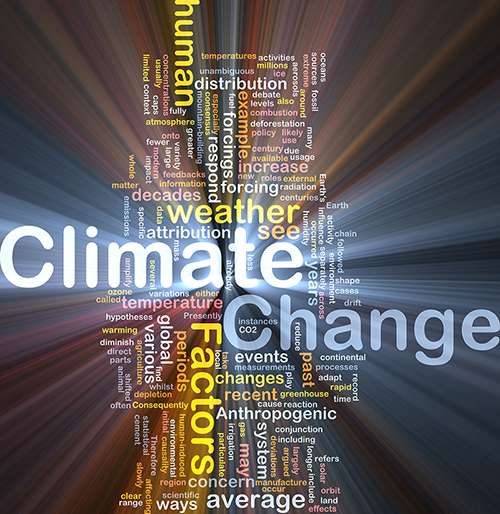Reaching ambitious greenhouse gas concentration goals

Researchers at Pacific Northwest National Laboratory found that even though it is technically possible to reach ambitious goals to limit greenhouse gas concentrations by the end of the 21st century, the combined effects of limitations in technology availability and uneven global participation to curb emissions will affect costs. In addition, if the world's largest greenhouse gas emitters do not take any action to reduce emissions by the end of the century, those ambitious goals are impossible to reach no matter how much energy technologies improve.
"Our findings contrast with many previous studies that found bioenergy-carbon capture and storage technologies (BECCS) to be essential to reach ambitious greenhouse gas concentration goals," said Dr. James Edmonds, Battelle Fellow and researcher at PNNL, working at the Joint Global Change Research Institute (JGCRI) in Maryland. "This study shows that while not essential, BECCS could help to substantially reduce the cost of achieving ambitious greenhouse goals."
The international policy community has set ambitious goals to limit greenhouse gas concentrations. Achieving these goals would require dramatic changes to the global energy system. But what are the choices, and what is the impact if implementation is limited? The research presented in this paper explored the role of technology and terrestrial Earth systems, as well as interactions between energy technology, land, and policy to illuminate more clearly the range of options available and cost consequences.
A PNNL research team led by Edmonds and working at JGCRI used the Global Change Assessment Model (GCAM) to examine hypothetical scenarios in which human-caused greenhouse gas emissions may be constrained to limit year 2100 atmospheric greenhouse gas concentrations to 450 ppm CO2-e (see sidebar, What is CO2-e?). GCAM, developed at PNNL with support from the U.S. Department of Energy, is an integrated assessment model that links economic, energy, land-use and climate systems to show the effects of global change. Using alternative assumptions about technology performance and possible international climate policy decisions, the team investigated the role of technology performance, terrestrial Earth systems, and policy decisions to mitigate greenhouse gas emissions.
They found that while bioenergy and carbon capture and storage technologies may help manage the cost, they are not essential to reaching ambitious climate change goals. Several additional important findings include:
- The ability to sequester carbon in forests and soils is potentially large and comparable in magnitude with amounts of carbon removed from industrial processes for geologic storage. Land-use systems can be an important component of a larger strategy to limit climate change.
- Energy technology performance improvements lowered the economic cost of reaching ambitious climate goals, as did early participation by all nations. The combined effects of technology use and policy decisions had the potential to change costs substantially.
- If large-emitter regions failed to reduce emissions at all during the 21st century, ambitious goals were impossible regardless of how good energy technologies became.
Researchers are conducting further studies to understand the interactions between energy, land and water.
More information: Edmonds, J. et al. 2013. Can Radiative Forcing Be Limited to 2.6 Wm-2 Without Negative Emissions from Bioenergy AND CO2 Capture and Storage? Climatic Change. DOI:10.1007/s10584-012-0678-z.
Journal information: Climatic Change
Provided by Pacific Northwest National Laboratory


















